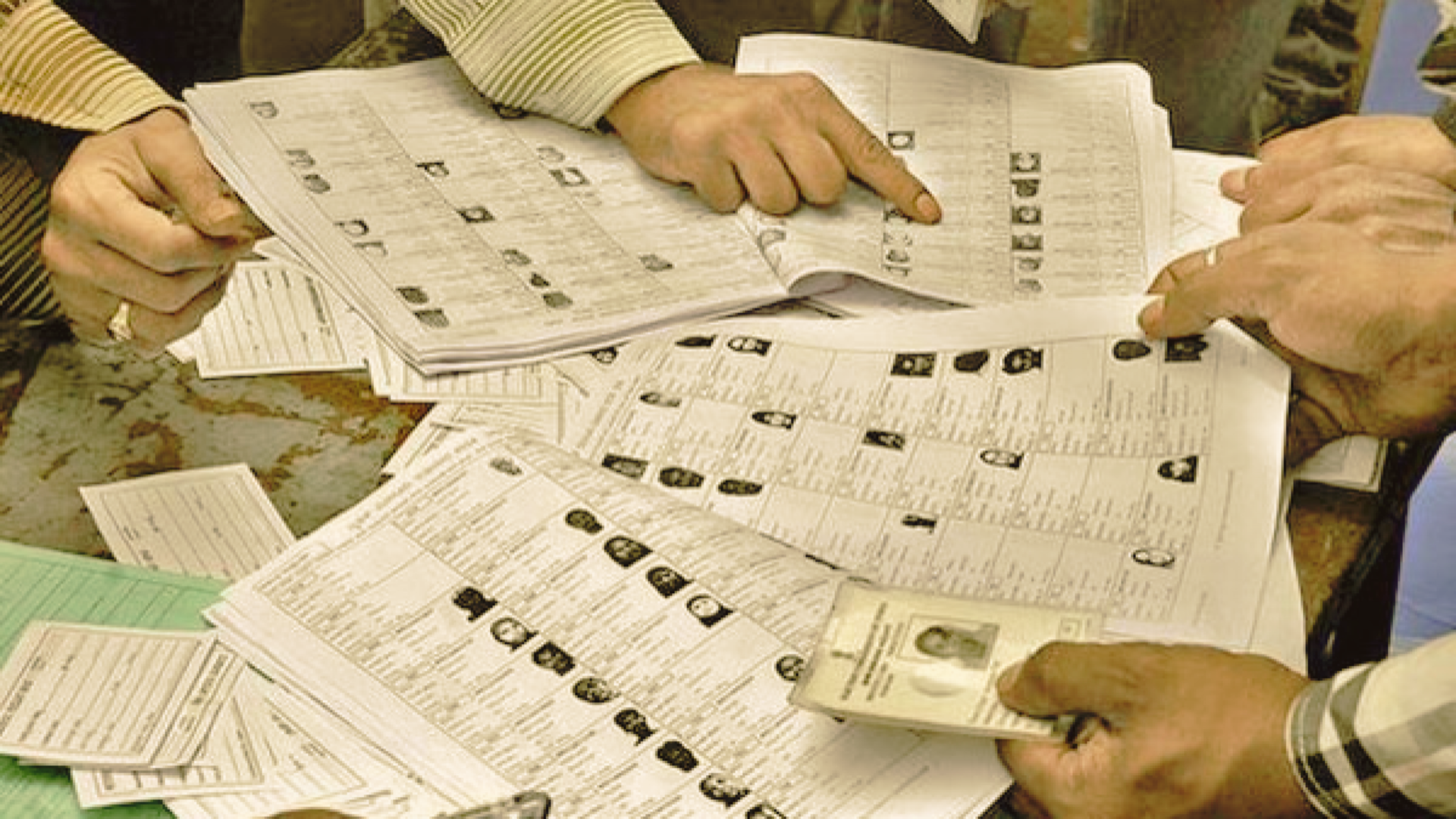The second phase of Lok Sabha elections witnessed a diverse voter turnout across different states and union territories, with Tripura leading the pack with a substantial increase in participation. According to data released by the Election Commission of India (ECI), Tripura recorded a significant voting percentage of 36.42% by 11 am, indicating active civic engagement in the northeastern state.
Similarly, Chhattisgarh (35.47%), Manipur (33.32%), and West Bengal (31.25%) also reported notable voter turnouts, reflecting the enthusiasm and commitment of citizens towards the democratic process. However, Maharashtra witnessed comparatively lower voter participation, with a recorded turnout of 18.83% during the same period.
The voting percentages for other states participating in the second phase varied as well. Assam recorded 27.43%, Bihar 21.68%, Jammu and Kashmir 26.61%, Karnataka 22.34%, Kerala 25.61%, Madhya Pradesh 28.15%, Rajasthan 26.84%, and Uttar Pradesh 24.31%.
The commencement of voting for the second phase across 88 Parliamentary Constituencies spread over 12 States and Union Territories marked another crucial step in India’s electoral journey. Prime Minister Narendra Modi seeks his third consecutive term, while the opposition bloc aims to challenge the ruling party’s dominance in the general elections.
However, logistical challenges, such as severe heat, prompted authorities to extend polling hours in certain regions like Banka, Madhepura, Khagaria, and Munger constituencies in Bihar until 6 PM, ensuring accessibility for voters. Additionally, the rescheduling of polling for the Betul PC in Madhya Pradesh’s third phase due to unfortunate circumstances demonstrates the adaptability of electoral processes to unforeseen events.
Voter turnout till 11 am for phase 2 of #LokSabhaElections2024
Assam 27.43%
Bihar 21.68%
Chhattisgarh 35.47%
Jammu And Kashmir 26.61%
Karnataka 22.34%
Kerala 25.61%
Madhya Pradesh 28.15%
Maharashtra 18.83%
Manipur 33.22%
Rajasthan 26.84%
Tripura 36.42%
Uttar Pradesh 24.31%
West… https://t.co/7j36OZOyEP— ANI (@ANI) April 26, 2024
ALSO READ : Supreme Court Issues 3 Directives While Dismissing Petitions For Complete EVM Vote Verification
With a significant number of first-time voters—34.8 lakhs—registered alongside 3.28 crore young voters aged between 20 and 29 years, the electoral landscape reflects a diverse and dynamic electorate. Moreover, the presence of 1202 candidates, including males, females, and representatives from the third gender, underscores the democratic vibrancy of the electoral fray.
Meanwhile, Madhya Pradesh exhibited a robust voter turnout of 28.15% till 11 am in the second phase, emphasizing the state’s active participation in shaping the nation’s political landscape. The six parliamentary seats—Tikamgarh (SC), Damoh, Khajuraho, Satna, Rewa, and Hoshangabad—witnessed varying levels of voter engagement, with Hoshangabad leading with 32.40% voting.
#LokSabhaElections2024 | Voter turnout till 11 am for phase 2 of polling:
Maharashtra records the lowest with 18.83%
Tripura records the highest with 36.42% pic.twitter.com/CPVHRAnCd5— ANI (@ANI) April 26, 2024
Chief Minister Mohan Yadav and Madhya Pradesh Chief Electoral Officer Anupam Rajan urged voters to exercise their franchise responsibly, emphasizing the significance of their role in shaping the country’s future.
लोकतंत्र के पर्व चुनाव में मतदाता है सबसे महत्वपूर्ण…
लोकसभा चुनाव 2024 के दूसरे चरण के तहत आज प्रदेश के लोकसभा क्षेत्र सतना, रीवा, खजुराहो, टीकमगढ़, दमोह एवं होशंगाबाद में मतदान हो रहा है।
आप सभी सम्मानित मतदाताओं से विनम्र निवेदन है कि मतदान के अधिकार का उपयोग कर देश के… pic.twitter.com/DpM7yhg05X
— Dr Mohan Yadav (Modi Ka Parivar) (@DrMohanYadav51) April 26, 2024
As Madhya Pradesh gears up for subsequent phases of polling, with elections conducted in four phases, the state’s considerable parliamentary representation—29 Lok Sabha constituencies—underscores its electoral significance on the national stage. Out of these, 10 seats are reserved for SC and ST candidates, reflecting efforts towards inclusive representation in governance.
As the electoral journey progresses, India remains steadfast in upholding democratic values, with citizens actively participating in the democratic process to chart the nation’s course forward.

















